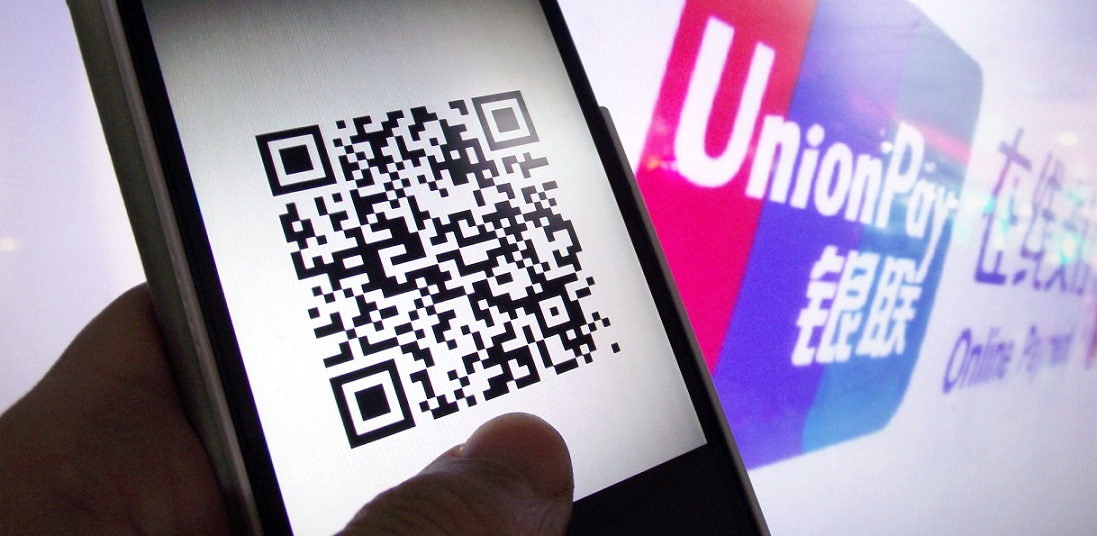
Mobile payments may be ubiquitous in China—so prevalent in fact that Tencent’s CEO and others have claimed it’s a Chinese invention—but almost as common are the safety problems: the majority of users have had money stolen via the technology, according to a new studyCaixin Global reports.
In a recent survey of over 150,000 digital payment users in China, 67.2% of respondents said their finances have been compromised, and more than 80% reported their personal details were exposed, according to the 2019 Mobile Payments Survey (link in Chinese) by the Payment & Clearing Association of China.
Two-thirds of users have also come across deceptive quick response codes, or QR codes, the basis for China’s top mobile payment method, while 40.8% reported having their codes surreptitiously forwarded to other people last year.
Safety was the digital payment feature most in need of improvement, according to 78.5% of survey respondents.
While it remains at a distant second place to QR codes, Quick Pass, a tap payment method from Chinese financial services giant UnionPay, made major inroads in 2019, adopted by 49.9% of mobile users, up from 27.2% in 2018. Usage of QR codes-based mobile payments inched up to 92.6% of survey respondents in 2019.
For banks, whose mobile apps struggle to gain adoption among shoppers, a lack of support from merchants remained the top barrier.
According to the data, middle-aged consumers expanded significantly as a proportion of mobile payment users. While those younger than 30 years old accounted for more than half of users in 2018, those between 31 and 60 accounted for nearly two-thirds of users in 2019.
Coinciding with this shift, those spending less than 100 yuan ($14.40) per transaction declined from 43.2% in 2018 to 15.1% in 2019, while those spending between 500 yuan and 1,000 yuan increased from 13.4% in 2018 to 35.3% in 2019.
Banking 4.0 – „how was the experience for you”
„To be honest I think that Sinaia, your conference, is much better then Davos.”
Many more interesting quotes in the video below: